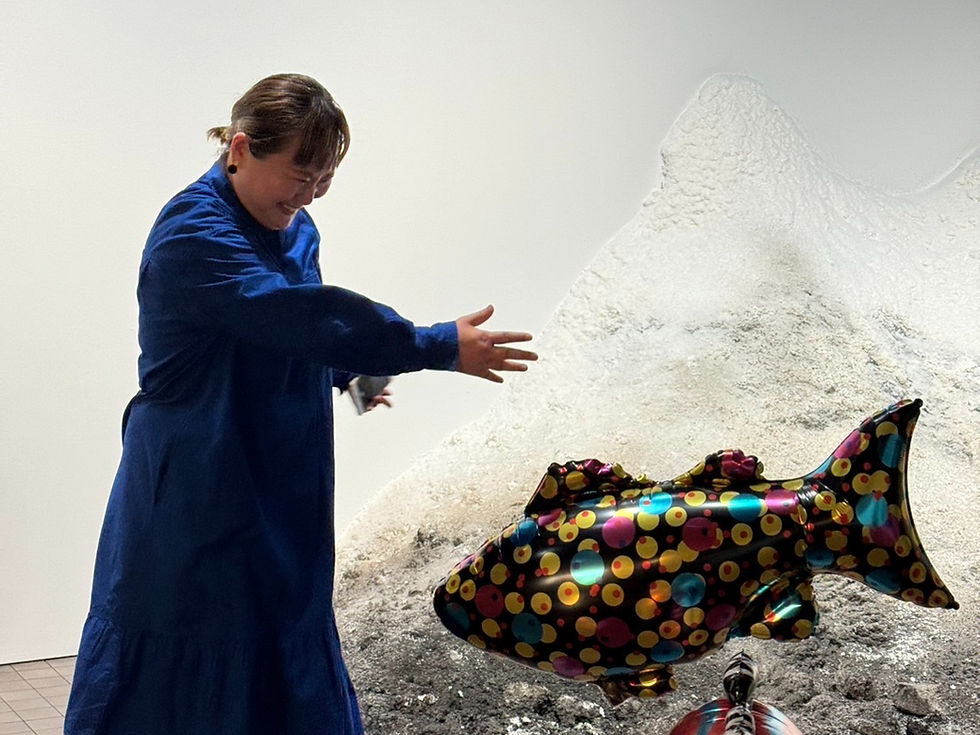Andrea Kárpáti
- Czech Section of INSEA

- May 4
- 3 min read
Updated: Jun 23
1.31 Creative Thinking in Art Education: Development and Assessment (Paper)

Andrea Kárpáti – Corvinus University of Budapest, Hungary
Judit Szepesi – Hungarian Academy of Arts, Research Institute of Art Theory and Methodology, Budapest, Hungary
Abstract:
PISA (the Program for International Student Assessment) in its 2022 international survey included a new area: Creative Thinking (CT), involving 21,000 students aged 15 from 64 countries and economies. CT was assessed in four domains: visual and written expression, scientific and social problem solving. Tasks required generation, evaluation and improvement of ideas that can result in original and effective solutions, “advances in knowledge, and impactful expressions of imagination” (PISA 2022). This presentation will focus on Visual skills and imaging competence that assumed an important role in the solution of the tasks and the result of the survey: the PISA Creative Thinking Framework, a skills cluster active in all important domain of human activity from science to the visual arts. This presentation focuses on the domain of visual expression in Creative Thinking: its subskills and their development. In a comparative study of art education experiments with Corvinus University of Budapest, Kyushu University, the University of Lapland and in consultation with the PACO Design Collaborative, Milan, Italy, we introduced developmental programs based on the educational models of Design Thinking and the PISA Framework. In the Hungarian project discussed in this paper, STEAM (integration of Science, Technology, Engineering, Arts and Mathematics) is in focus of one of the programs. The educational interventions are assessed through process-oriented portfolio assessment, the Test for Creative Thinking-Drawing Task (Urban and Jellen, 1986) and, in the Hungarian study, also through a standardized complex problem-solving task. The pilot experiments in Hungary were carried out in a secondary grammar school with a specialization in economics and a vocational school with mechatronics specialization. The CT program in visual expression was suited to their interests and learning needs. We will show how training in creative thinking improves visual skills and complex problem-solving skills as well.
11.6 Assessing Creative Thinking in Art Education (Poster)
Andrea Kárpáti – Corvinus University of Budapest, Hungary
Abstract:
PISA (the Program for International Student Assessment) in its 2022 international survey included a new area: Creative Thinking (CT), involving 21,000 students aged 15 from 64 countries and economies. CT was assessed in four domains: visual and written expression, scientific and social problem solving. Tasks required generation, evaluation and improvement of ideas that can result in original and effective solutions, “advances in knowledge, and impactful expressions of imagination” (PISA 2022). This presentation will focus on Visual skills and imaging competence that assumed an important role in the solution of the tasks and the result of the survey: the PISA Creative Thinking Framework, a skills cluster active in all important domain of human activity from science to the visual arts. This presentation focuses on the domain of visual expression in Creative Thinking: its subskills and their development. In a comparative study of art education experiments with Corvinus University of Budapest, Kyushu University, the University of Lapland and in consultation with the PACO Design Collaborative, Milan, Italy, we introduced developmental programs based on the educational models of Design Thinking and the PISA Framework. In the Hungarian project discussed in this paper, STEAM (integration of Science, Technology, Engineering, Arts and Mathematics) is in focus of one of the programs. The educational interventions are assessed through process-oriented portfolio assessment, the Test for Creative Thinking-Drawing Task (Urban and Jellen, 1986) and, in the Hungarian study, also through a standardized complex problem-solving task. The pilot experiments in Hungary were carried out in a secondary grammar school with a specialization in economics and a vocational school with mechatronics specialization. The CT program in visual expression was suited to their interests and learning needs. We will show how training in creative thinking improves visual skills and complex problem-solving skills as well.



Comments